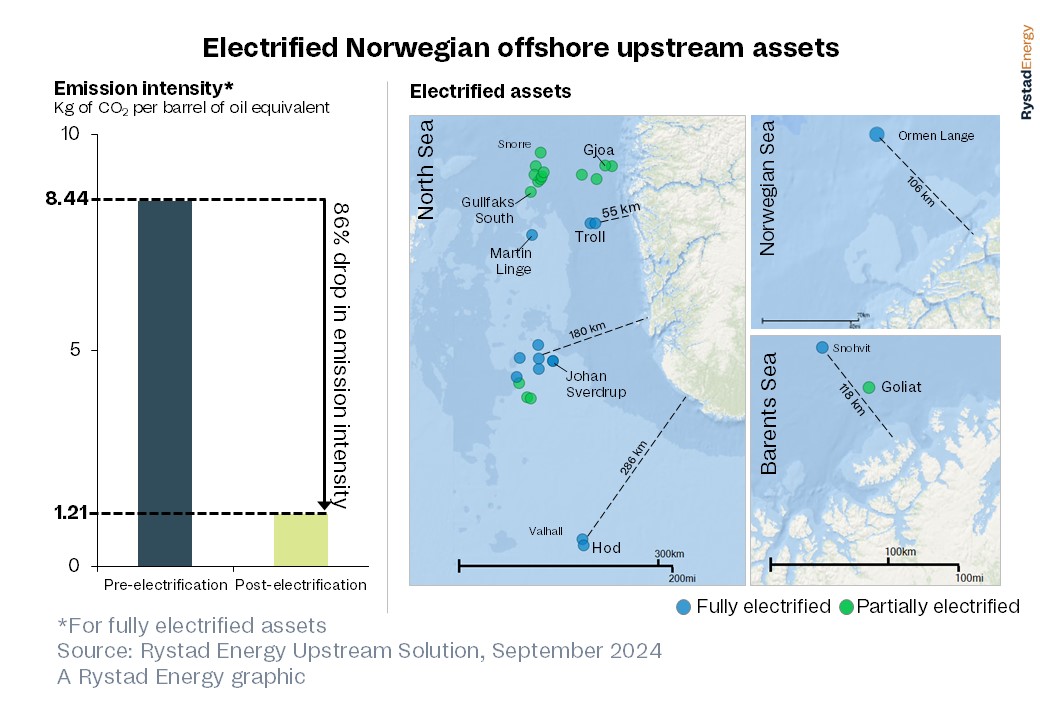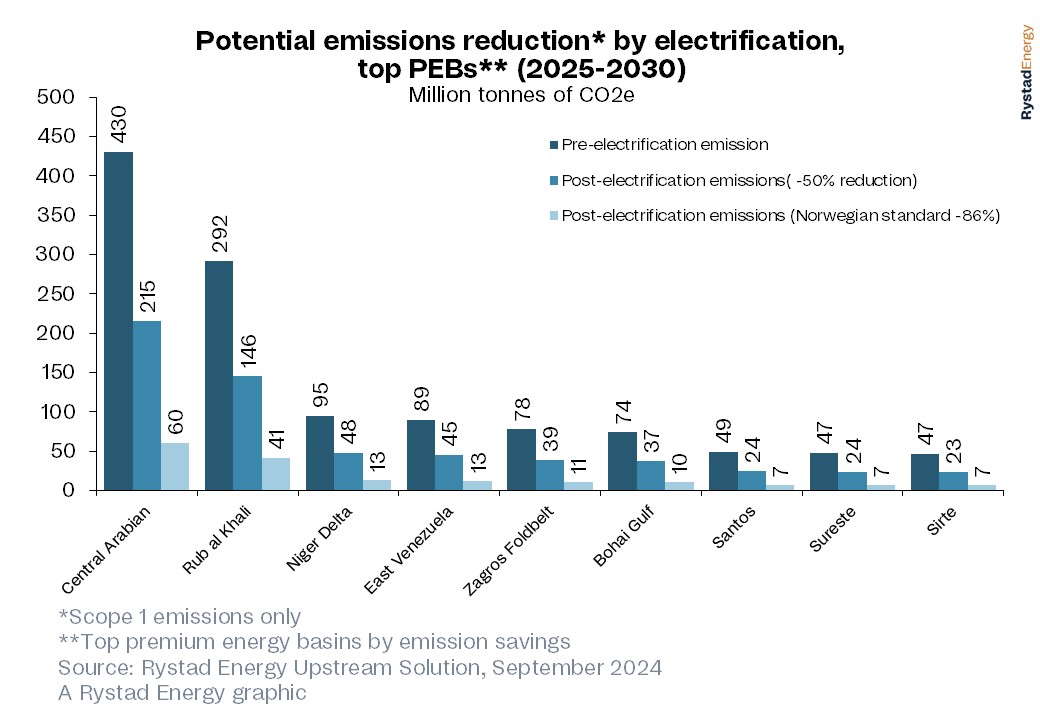Three passengers and an NYPD officer were shot by police in a Brooklyn subway station over a $2.90 fare evasion. This was a case of racist aggression against the poor.
Vaishali Patra

Last Sunday, an officer of the New York Police Department (NYPD) opened fire inside the Sutter Avenue subway station in Brooklyn over a $2.90 fare evasion. He shot and injured four people, including an NYPD officer. New York City Mayor and former cop Eric Adams promptly lauded the officers for their “bravery” in a post on X, proudly supporting the criminalization of impoverished communities of color in the city. At no point did Adams acknowledge that the injured NYPD officer in question was shot by his own colleague, deliberately implying that it was the passenger who was the culprit.
Police have accused Derrell Mickles, 37, of evading the fare and wielding a pocket knife after they tased him. However, the police later admitted that they confiscated a knife belonging to another passenger and have no evidence that Mickles was holding a knife. In a further display of contempt, Mickles’s mother has revealed that she was not informed that her son was in critical condition, with the NYPD only dropping a business card at her doorstep. The police department has killed 23 people in New York in 2024 alone, 10 of whom are Black. Nationwide, 229 Black lives have been lost to police brutality this year. Black lives continue to be treated as expendable in this racist and capitalist system, but are simultaneously portrayed as disruptors of public safety. Two dollars and ninety cents is all it took for the NYPD to open fire inside a subway station, endangering the lives of commuters. We condemn this heinous attack on poverty by the NYPD and stand in solidarity with Derrell Mickles and the two civilians injured last Sunday.
The categorization of subway fare non-payment as a crime is nothing more than a symptom of the decades-long defunding of public services and the over-funding of police in New York City. The NYPD has spent over $600 million in overtime pay and over $500 million in misconduct settlements as of January 2024. On the other hand, the city’s public higher education system, City University of New York (CUNY), continues to operate with millions of dollars in debt. This has led to austerity measures and rising tuition costs for a largely low-income Black and Brown student body. Meanwhile, supposedly liberal commentators claim that it’s “obvious” that the subway needs even more police.
This escalation in tactics by the NYPD is not an isolated incident or by any means an accident. This attack comes mere months after Adams announced his plans to turn NYC into a cop city with the establishment of a Public Safety Academy in Queens costing $225 million dollars. The NYPD has spent hundreds of millions of dollars on overtime pay as it continues to target pro-Palestine students at college campuses. CUNY Students have been pushed to the ground and brutalized and some are still faced with felony charges. Friends of mine were chased by NYPD officers carrying zip ties outside the encampment at City College.
It is no coincidence that the NYPD unleashes the worst of its aggression in poor communities of color such as in Morningside Heights, the site of the CUNY encampment, and in Brownsville, home to the Sutter Avenue subway station. In these areas, Black people make up 32 and 68 percent of the population respectively.
As a student and a part-time worker at CUNY, I have spent numerous days waiting over 30 minutes for public transportation to get to my campus. This has been coupled with wages which have not risen despite the approval of a new contract by my union, DC 37, in February 2024. Some members of my union working at CUNY are still earning below minimum wage, far lower than the $18/hour rate outlined in the contract. Paying for public transportation is not easy with this income level. CUNY frequently hires international students and immigrants like myself for part-time temporary jobs who may not be eligible for reduced fare Metrocards or full-time employment. Last semester, 24 professors were fired from my college due to budget cuts while the public safety department at CUNY had its budget increased by $4 million dollars, primarily to repress pro-Palestine students.
While the NYPD eats away at hundreds of millions of dollars of taxpayer money each year, the working class pays for the redirection of funds from transportation, education, and healthcare towards a brutal police force. We need a free and fully-funded public transit system for NYC which is not controlled by ruthless imperialists like Adams or Governor Kathy Hochul. We want decisions for the public transit system to be made democratically by the people who actually ride the trains and buses every day, and by the workers who operate and maintain the MTA. We don’t need decisions made by those who can afford to avoid public transportation by robbing the working-class of their livelihoods










